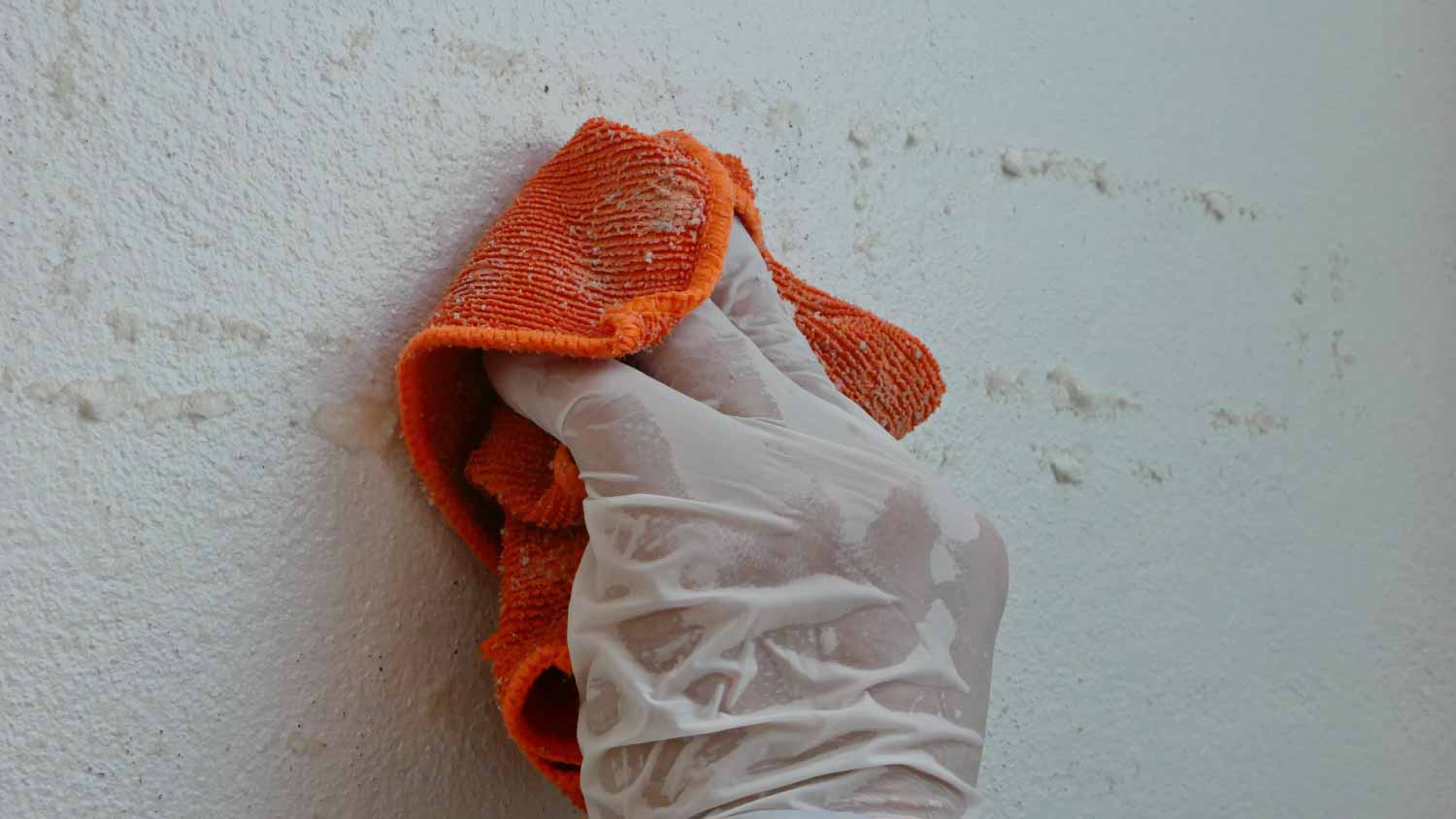
Painting your home can give it a fresh new look, but how much will it cost? Here’s what you might pay for interior and exterior paint projects.
These powerful solvents have big differences


Acetone and paint thinner are both powerful solvents.
Choosing the right one to use can make or break a project.
Both have an odor and are flammable, but each has different environmental impacts.
Paint thinner and acetone are common solvents with similar appearances and applications. However, they serve distinct purposes and exhibit different properties. Below, we explore paint thinner versus acetone: their similarities and differences.
Understanding what each solvent is best suited for and its impacts ensures optimal results and safety in various tasks.
| Property | Paint Thinner | Acetone |
|---|---|---|
| Composition | Blend of solvents | Single compound |
| Primary use | Thinning and cleaning | Degreasing |
| Solubility | Dissolves oil paint | Dissolves resins |
| Safety | Harmful vapors | Strong fumes |
| Environmental impact | Petroleum-based | Biodegradable |

While paint thinner and acetone share similarities in utility, there are big differences. Consult a local interior painter for advice on which is appropriate for your project.
Paint thinner is a blend of various solvents, such as mineral spirits, naphtha, turpentine, or methyl acetate, making it milky white or clear. The composition varies based on the manufacturer and the product's intended use. On the other hand, acetone, also known as propanone, is a simple and highly volatile organic compound. It is a colorless liquid with a distinct, pungent odor.
Paint thinner is a versatile solvent that thins oil-based paints, stains, and varnishes to boost consistency and smooth application. Also, paint thinner effectively cleans painting tools, brushes, and surfaces contaminated with oil-based products.
Conversely, acetone works as a powerful degreaser and solvent. It removes super glue, grease, oil, and stubborn stains from various surfaces, making it invaluable in cleaning and preparation tasks.
One significant difference between paint thinner and acetone is their solubility properties. Paint thinner is great for dissolving oil-based substances, including paints and varnishes. It is less effective with polar compounds like water and should not be used in water-based paints because it will cause separation.
Acetone, on the other hand, exhibits exceptional solubility for both water and oil-based compounds. It readily dissolves substances like plastics, synthetic fibers, and many organic compounds, making it a potent all-purpose solvent.
Regarding safety, paint thinner and acetone demand cautious handling due to their volatile nature and potential health hazards.
Paint thinner emits harmful vapors containing volatile organic compounds (VOCs), which can irritate the respiratory system and pose toxicity risks with prolonged exposure. Acetone similarly emits fumes and can cause skin irritation, eye irritation, and headaches. To minimize health risks, adequate ventilation and personal protective equipment, such as gloves and goggles, are essential when working with these solvents.
Paint thinner and acetone pose concerns due to their chemical composition and potential for air and water pollution. Paint thinners often contain petroleum-based solvents, contributing to air pollution and posing risks of groundwater contamination if not disposed of properly.
Although biodegradable in water and soil, acetone can still adversely affect water life if released in large quantities. Environmentally conscious homeowners will want to explore alternative, eco-friendly solvents, and disposal methods to minimize ecological harm.
You can distinguish paint thinner from acetone in a few ways.
Paint thinner has a distinctive, petroleum-like odor, while acetone has a strong, fruity, or sweet smell. The difference in odor can help differentiate between the two solvents.
Both paint thinner and acetone are highly flammable substances. However, acetone evaporates more quickly than paint thinner and is more prone to catching fire.
Pay attention to labels and packaging when purchasing these solvents. Depending on the specific formulation, paint thinner may be referred to as mineral spirits, white spirits, or turpentine. Acetone is labeled simply as acetone and found in hardware stores, pharmacies, or beauty supply stores as a nail polish remover.
Yes, acetone is a potent solvent that can strip paint, particularly when dealing with lacquers, epoxy, or oil-based paints. Its strong solvent properties dissolve the paint's binders, causing it to break down and become easier to remove. However, acetone can also damage certain surfaces or finishes. Test it in a small, inconspicuous area first and use it cautiously, especially on delicate or sensitive materials.
Paint thinner and paint remover are not the same. Paint thinner is a solvent used primarily to thin oil-based paints, stains, and varnishes and to clean painting tools. Paint remover is a chemical solution designed to strip paint from surfaces completely. While paint thinner may help loosen paint for removal, paint remover is specifically formulated to dissolve and remove multiple layers of paint, often through a chemical reaction.
While rubbing alcohol and acetone are solvents, they have different properties and uses. Rubbing alcohol is used as a disinfectant or for cleaning surfaces, whereas acetone is a more potent solvent commonly used in nail polish remover and for removing adhesives. While rubbing alcohol may have limited effectiveness in removing specific types of paint, it is not as powerful as acetone and may not be suitable for all applications. It's essential to consider the particular requirements of your project and test in a small area before proceeding.
From average costs to expert advice, get all the answers you need to get your job done.

Painting your home can give it a fresh new look, but how much will it cost? Here’s what you might pay for interior and exterior paint projects.

How much does it cost to paint a room? Learn what you’ll pay to give your space a makeover, depending on room size, paint type, the pro you hire, and more.

The price to paint your home’s baseboards depends on the square footage and whether you DIY the project. Learn more to budget for baseboard painting.

When is the best time to paint indoors for flawless results? Learn the optimal temperature, humidity, and natural light conditions for interior painting.

Painting trim is an exacting process where mistakes are costly. Here are some useful tips for painting trim that will save you time and frustration.

Wondering about the cost to paint a kitchen? Discover prices, key cost factors, and tips to help you budget for your kitchen painting project.